
1st Destination

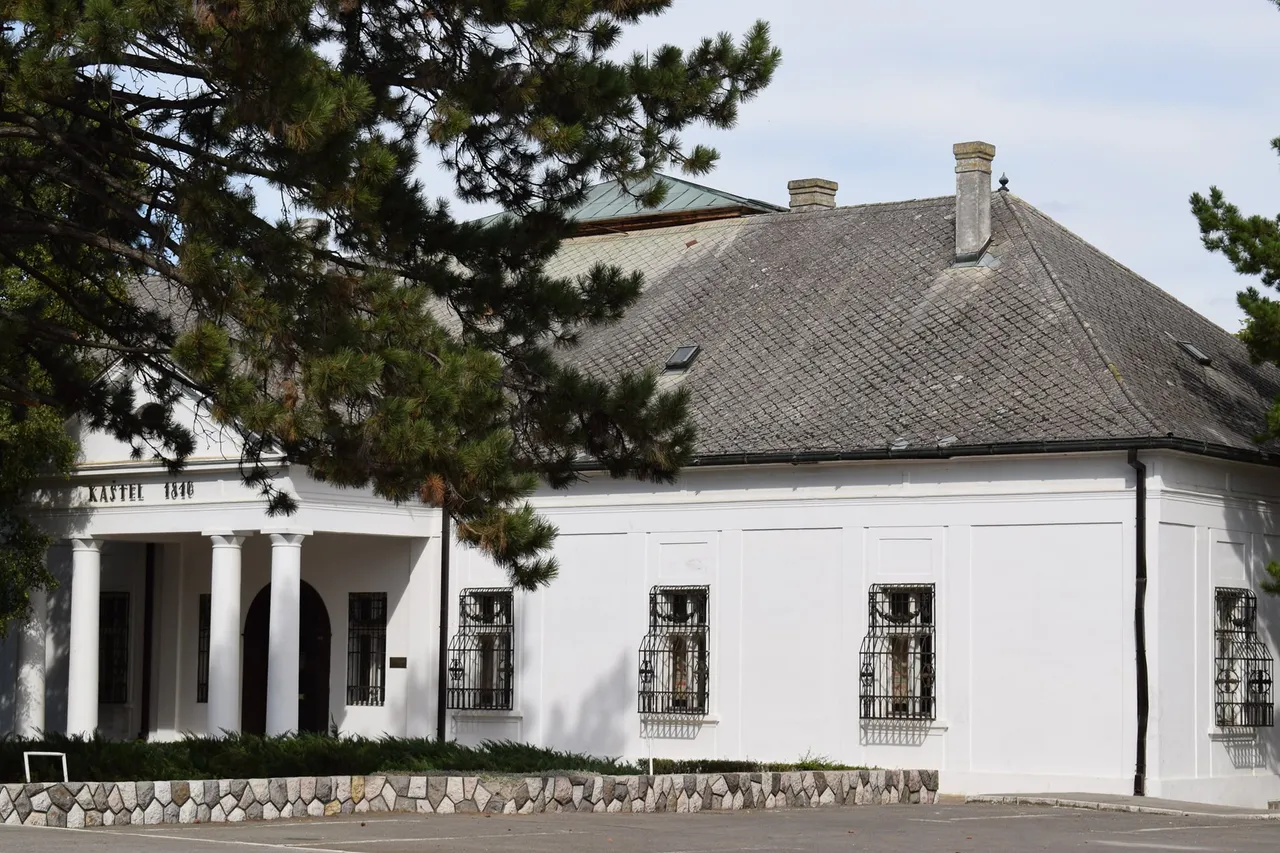
Unfortunately, due to a constant problem with the phone's memory but a fast-draining battery, I didn't take photos of everything we visited. That's why I'm uploading some pictures from the internet, sorry. So, photos of this object were taken from the facebook profile of the Tourist Organization of the municipality of Bačka Topola.
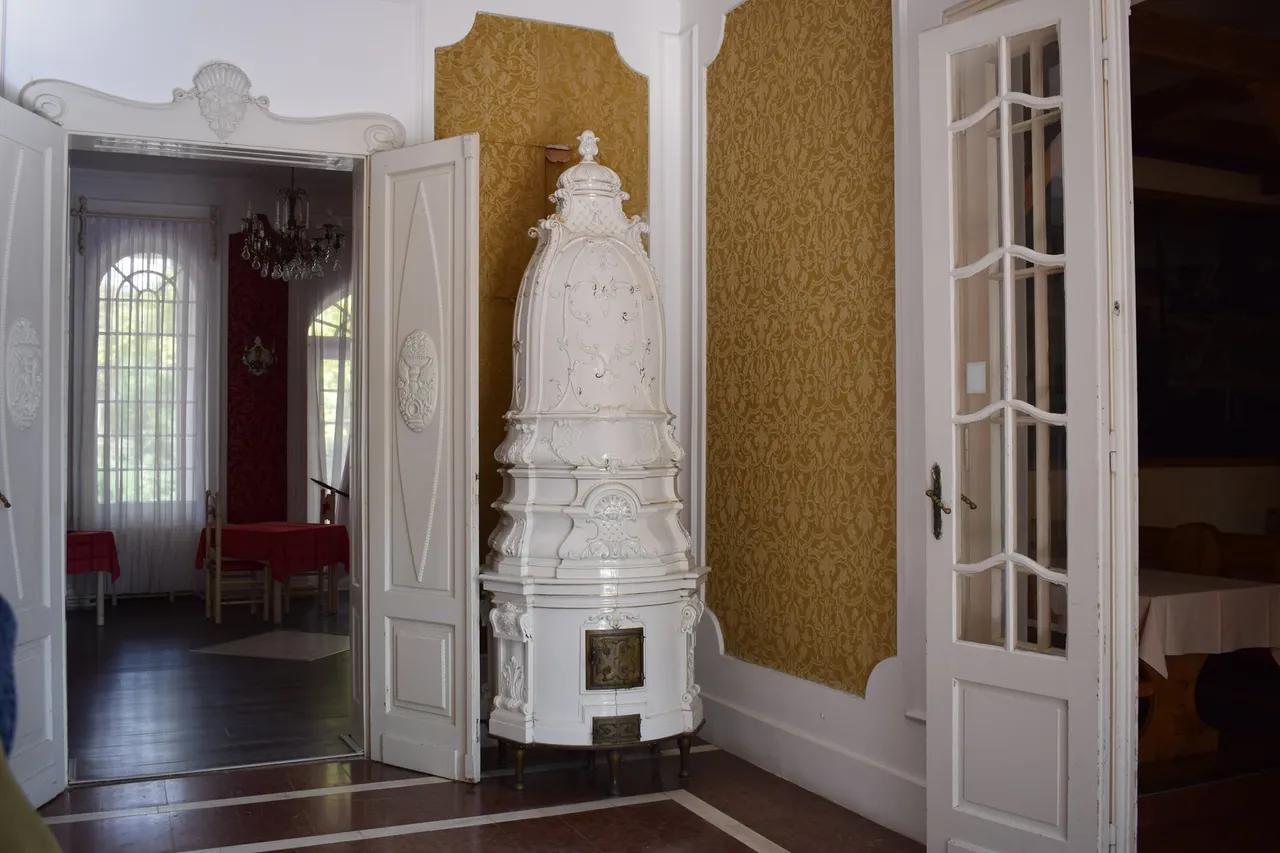
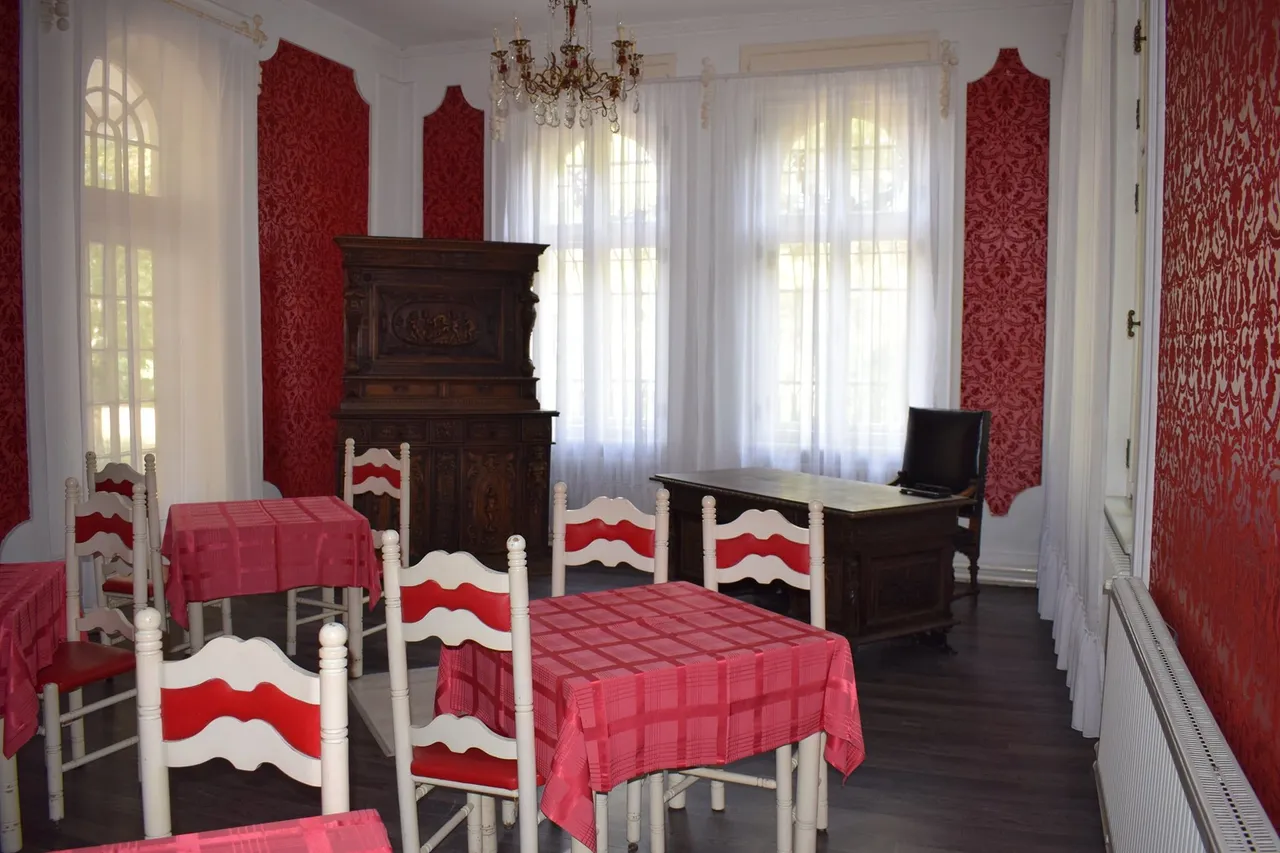

2nd Destination

After we finished touring the castle, we sat in the bus for the first time that day. Now a trip to Subotica was waiting for us. But also what bothered us the most - frequent getting out and getting on the bus 😵
On the way to Subotica we passed through Bajša and Bačka Topola. In Bačka Topola, we stopped in front of the Roman Catholic Church of the Immaculate Virgin Mary. This church was built in the Neo-Gothic style, and the construction was completed in 1906. With a tower height of almost 73 meters, it is the tallest Catholic church in Serbia. We didn't enter the church. A colleague presented her seminar about Bačka Topola in front of the church, and introduced us to the most important features of Bačka Topola.


3rd Destination


We continued our journey through Vojvodina and now we are going futher north, only 10km from the border with Hungary. It took us about half an hour to drive from Bačka Topola to Subotica.
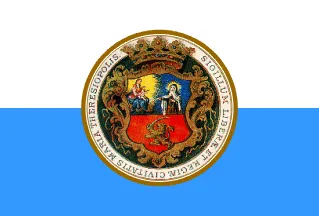
Subotica is a really beautiful city with a rich cultural and historical heritage. The architecture of this city will leave you breathless. After Novi Sad, Subotica is the next largest city in Vojvodina, with about 98,000 inhabitants. In Subotica, you can often hear that people speak not only Serbian, but also Hungarian. This city was historically ruled by the Habsburg Monarchy and was once named after the Austrian Empress Maria Theresa.
The bus left us in front of the train station and we set off on a tour of the city.
When we left the bus we were moving past Ferenc Rajhl's Park to the Raichle Palace which is located on the other side of the park, opposite the train station. It was built in 1904 according to the project of Ferenc Raichle, after whom it's named. What an extraordinary Art Nouveau building. I have to admit that I was really enchanted, I love the Art Nouveau style. It can be said that it is one of the symbols of the city and the most representative exhibitions in the city are held here.
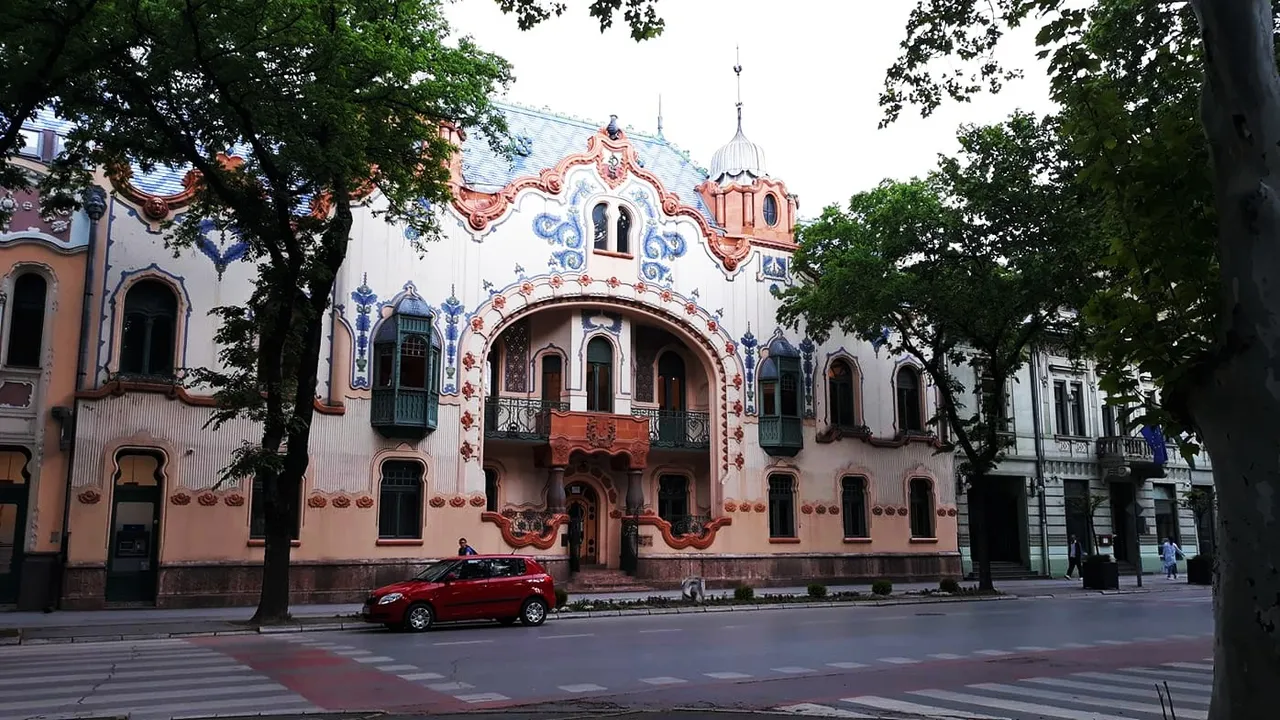
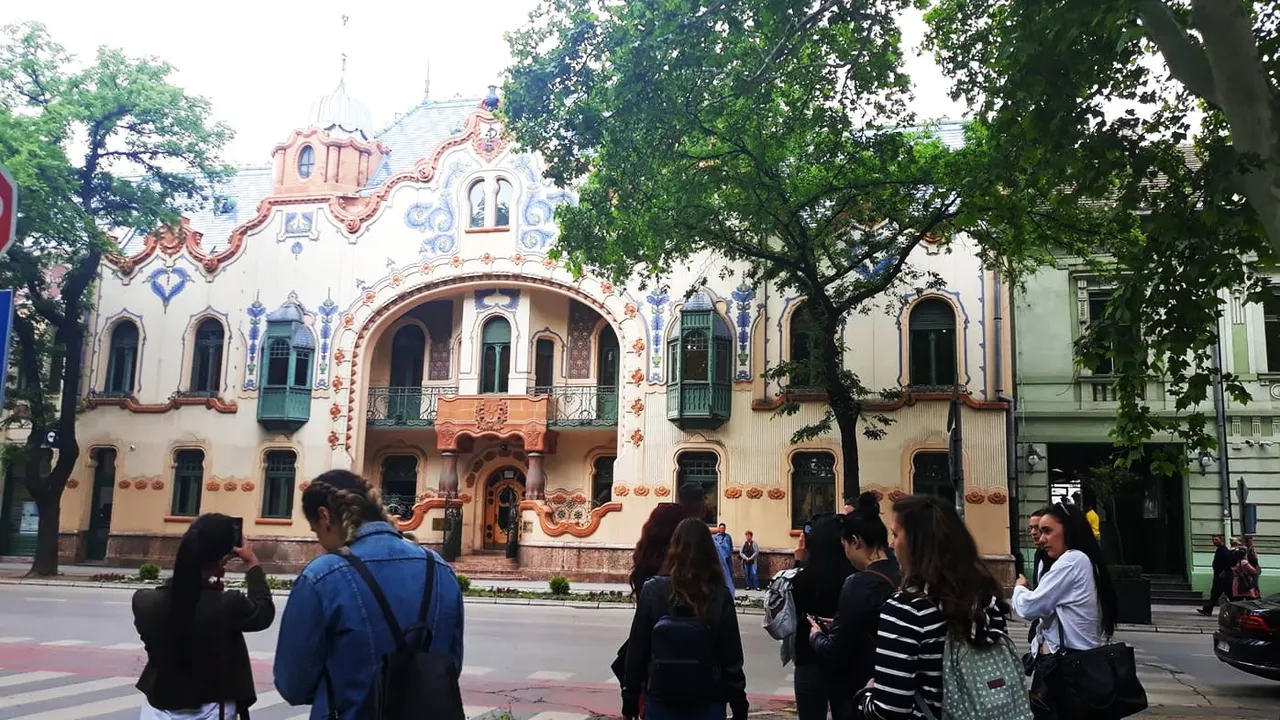
[//]:# (!pinmapple 46.101722 lat 19.668940 long d3scr)
We continued our tour and after a short walk we visited the City Museum of Subotica, where I took a lot of photos. The museum is located in the Synagogue square. The founder of this cultural institution of great importance is the Municipal Assembly of Subotica. The main task of this institution is to preserve and present archaeological, anthropological, historical, pedagogical, ethnological, natural and values in the field of art history. You can really see a lot in the museum.Also another building in the city that is decorated in Art Nouveau style. Unfortunately, I did not photograph the exterior of the building. I photographed the exhibits in the museum.
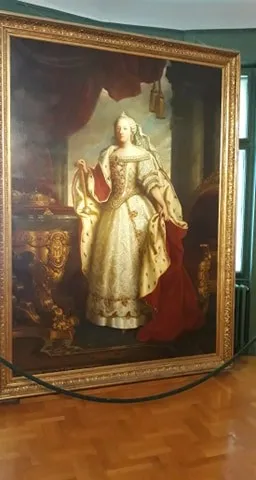
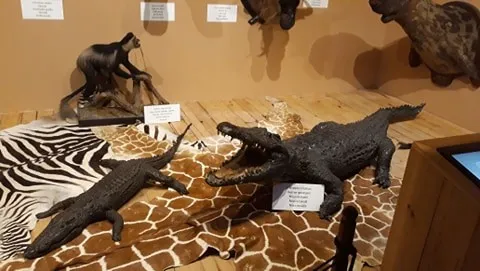
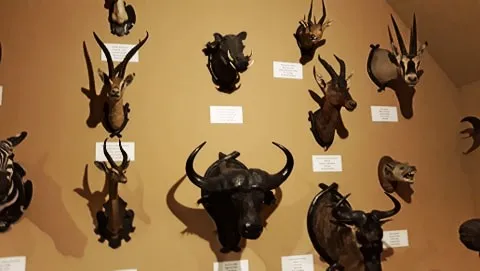
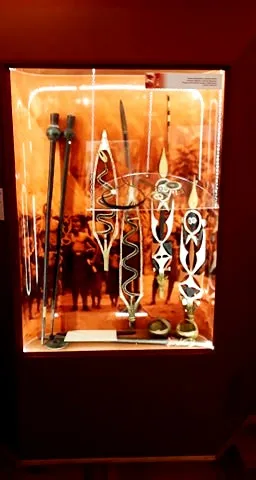
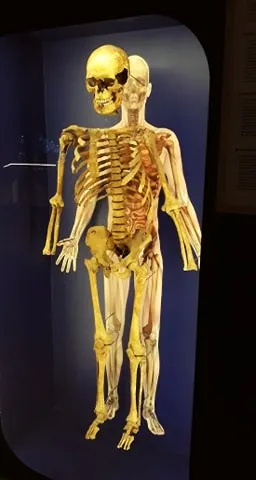
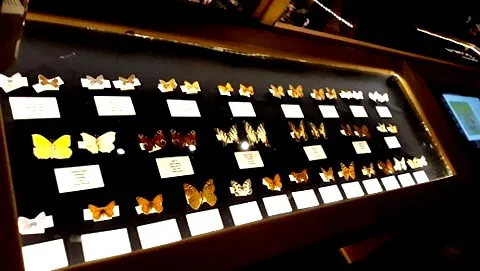
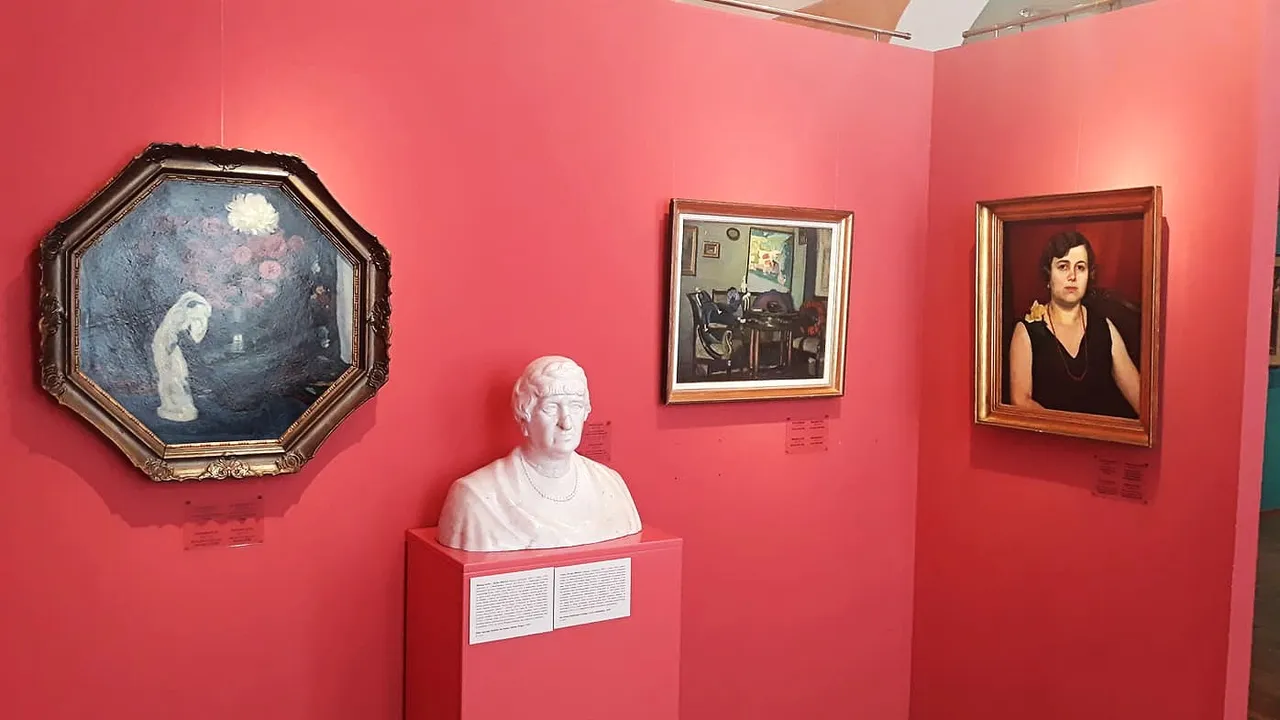
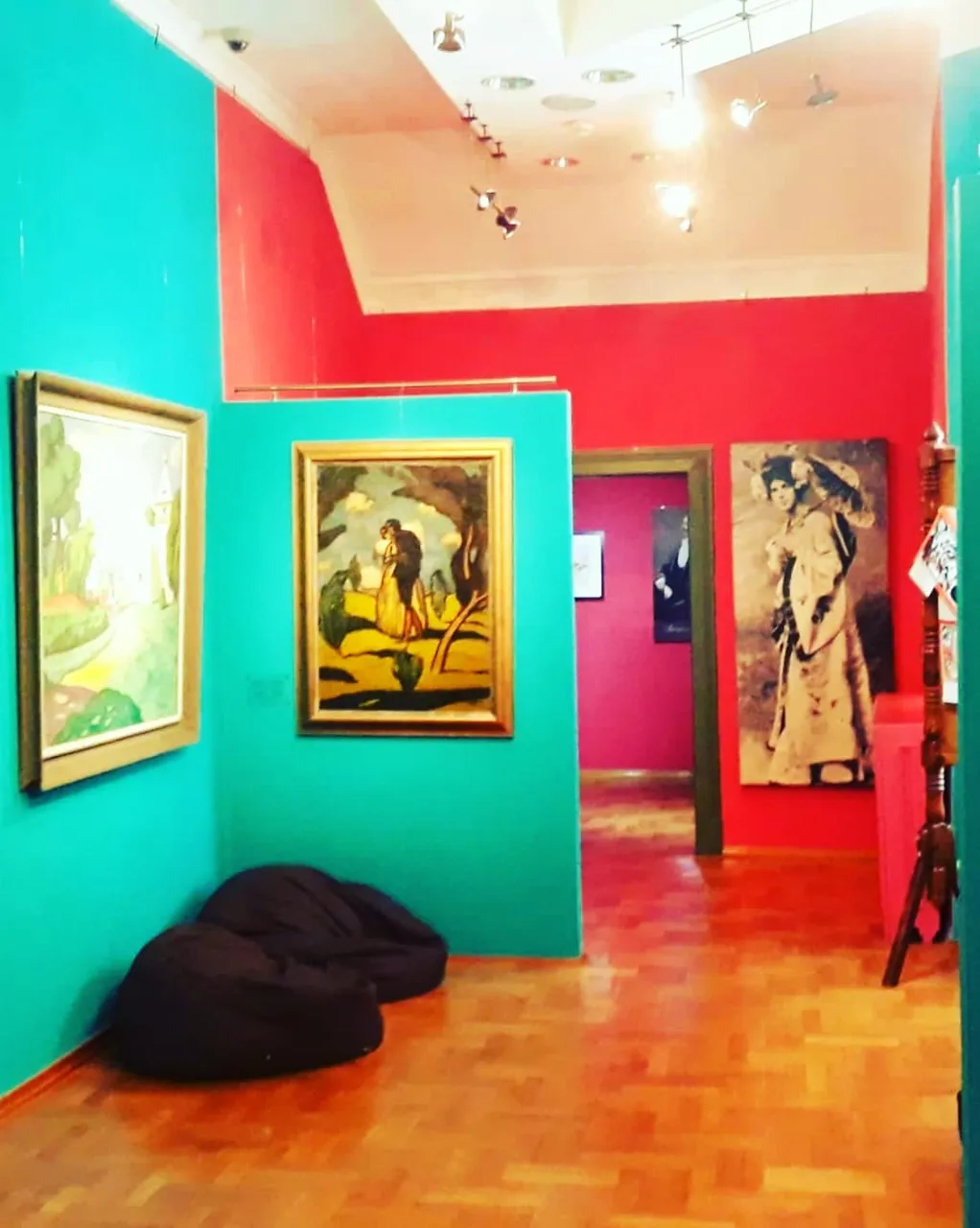
After we walked through the museum and left it, we crossed the street where it is located Synagogue. It is a cultural monument of exceptional importance and it is the second largest synagogue in Europe, after the Synagogue in Budapest. They say that this is one of the most beautiful synagogues in Europe, both in terms of exterior and even more in terms of interior. I really have to agree with that. It is impressive! There is also a synagogue in Novi Sad, but I haven't visited it yet. I heard from people who visited both Synagogues that this one in Subotica is more beautiful for all of them.
The names of Jews who died in the concentration camps in 1944 are written on the benches inside the synagogue. Just look at this interior in pastel colors. Beautiful! These stained glass windows are amazing too.
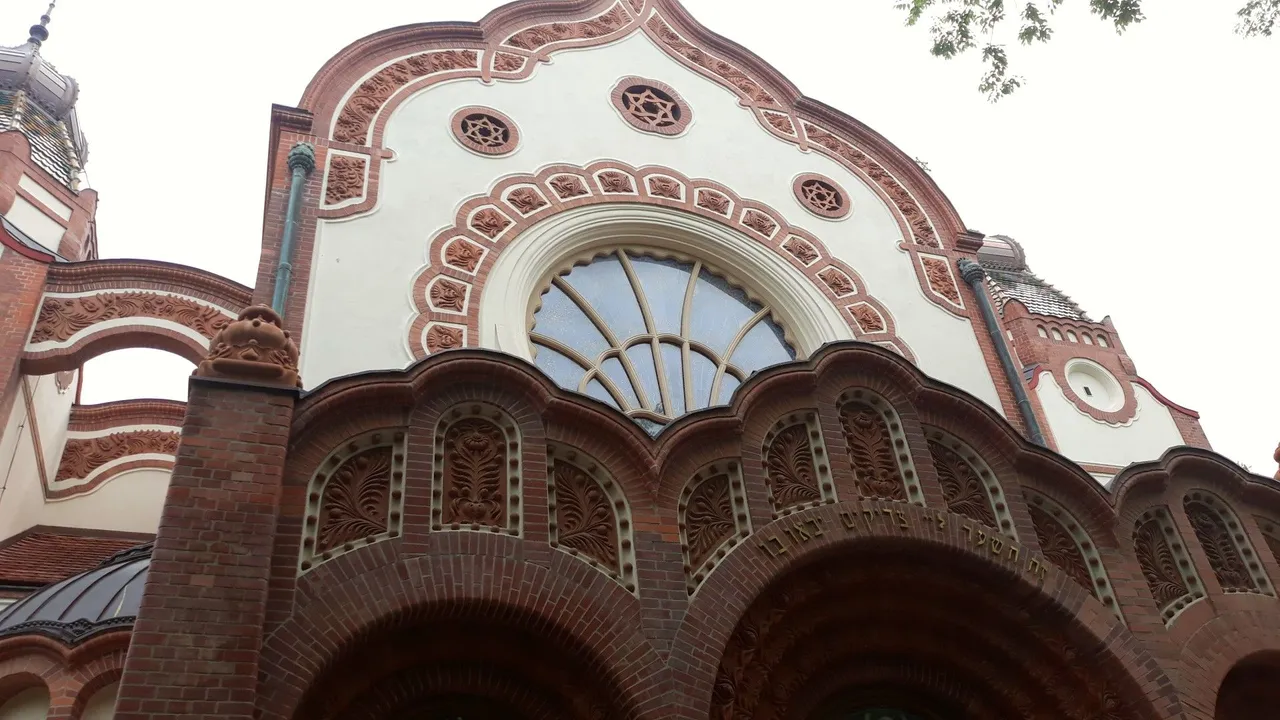

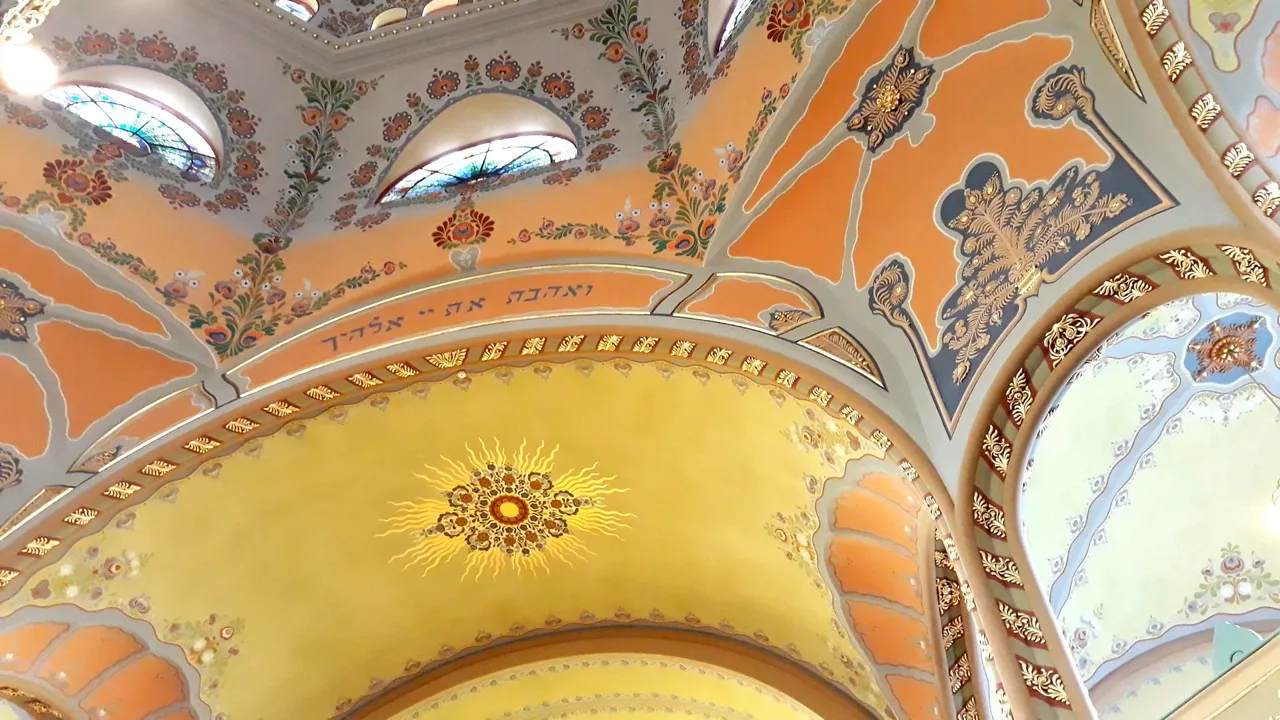
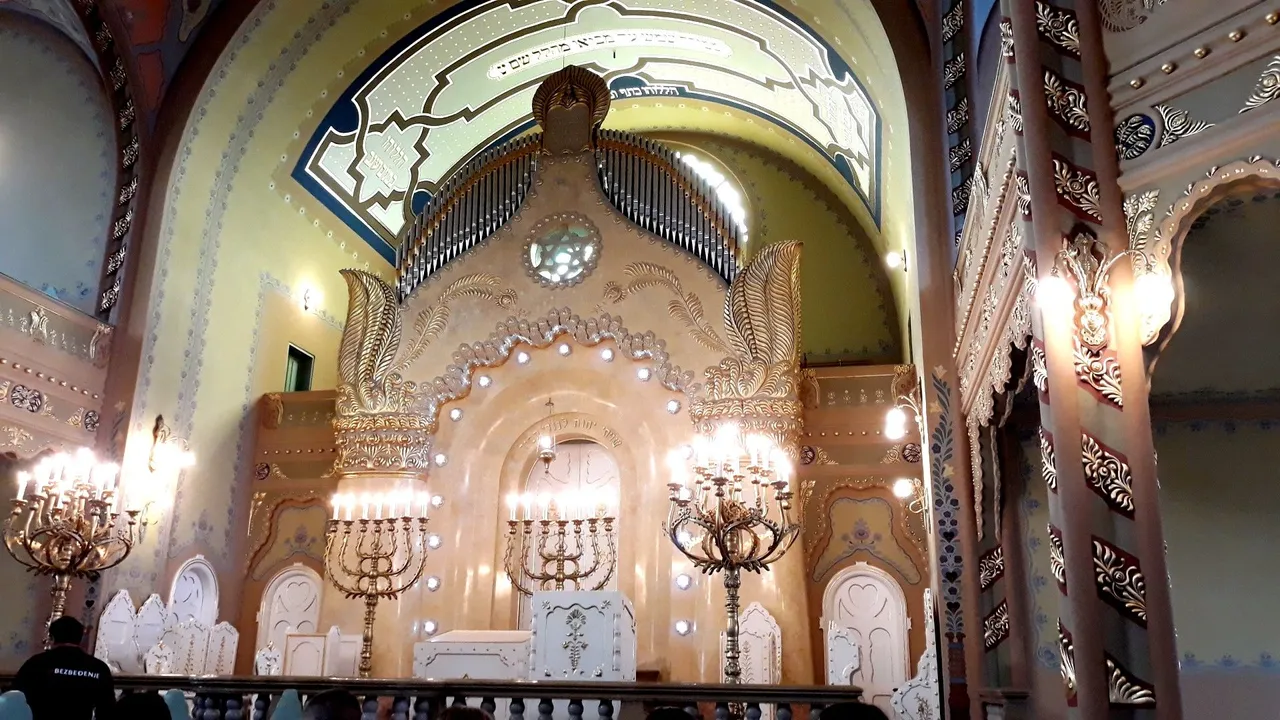
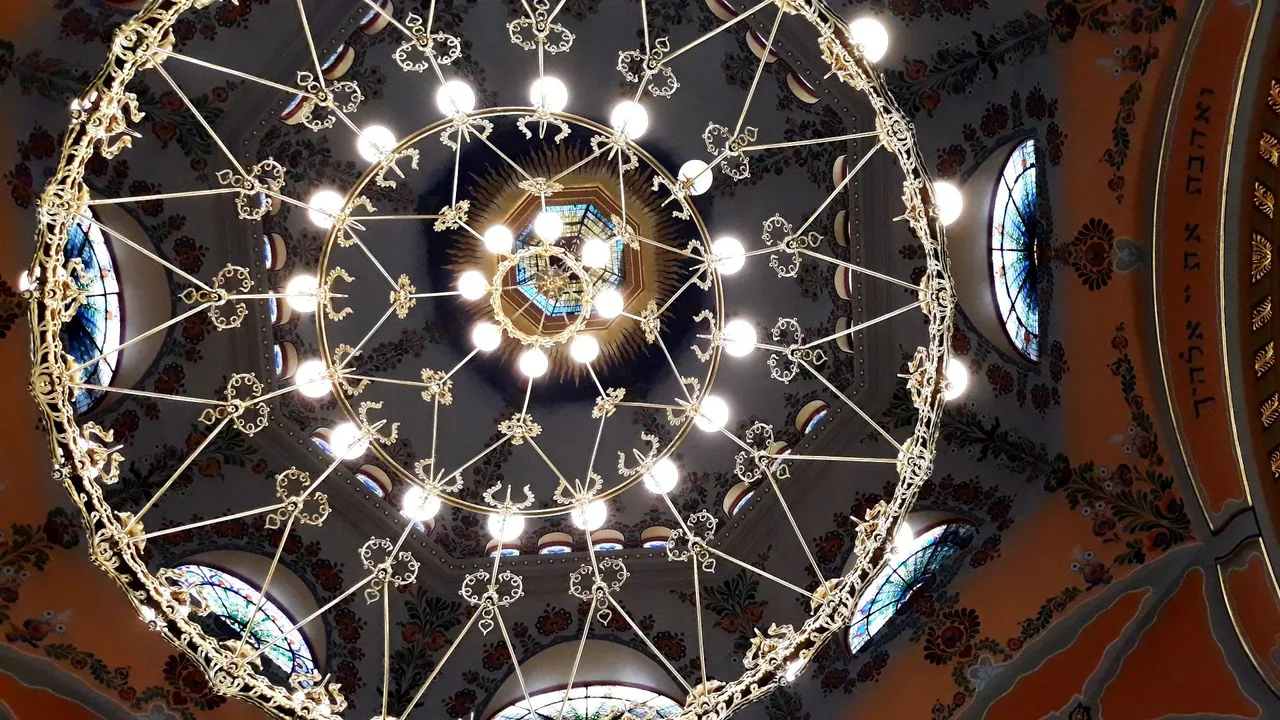
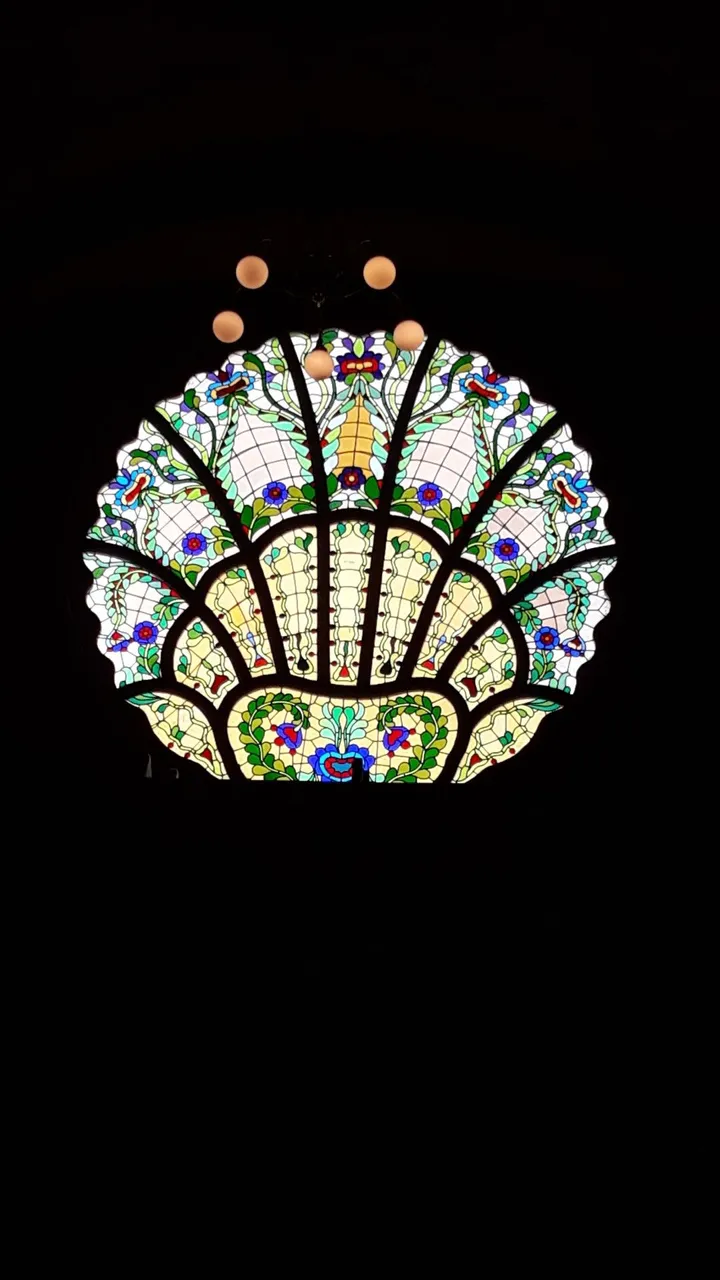
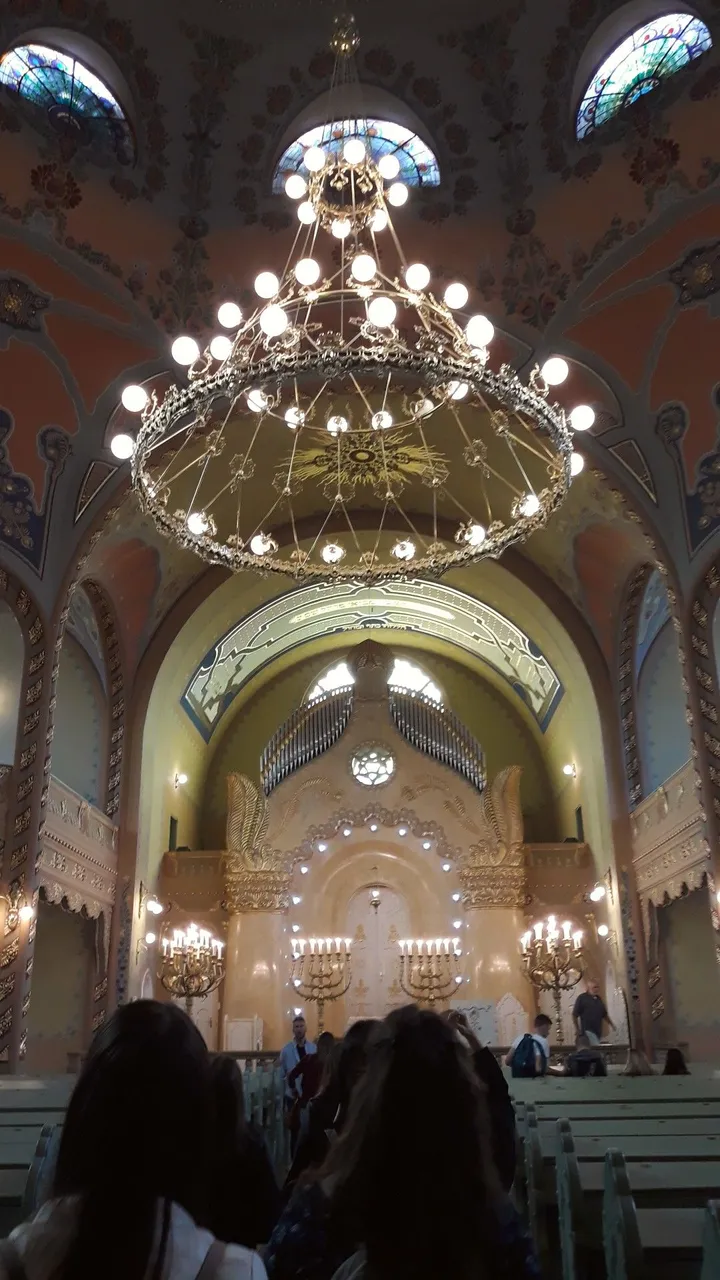
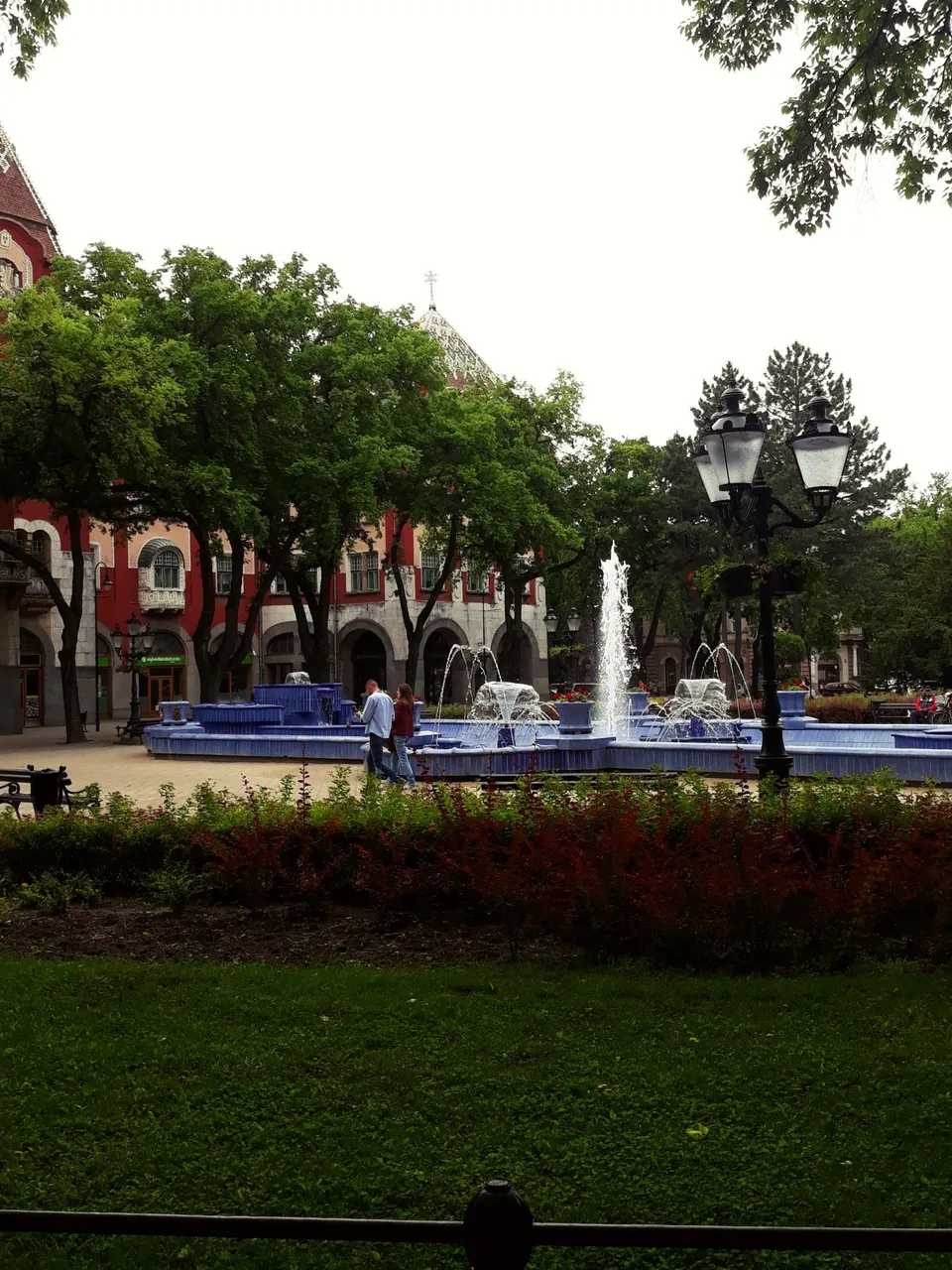

We entered City Hall and here’s what it looks like inside.
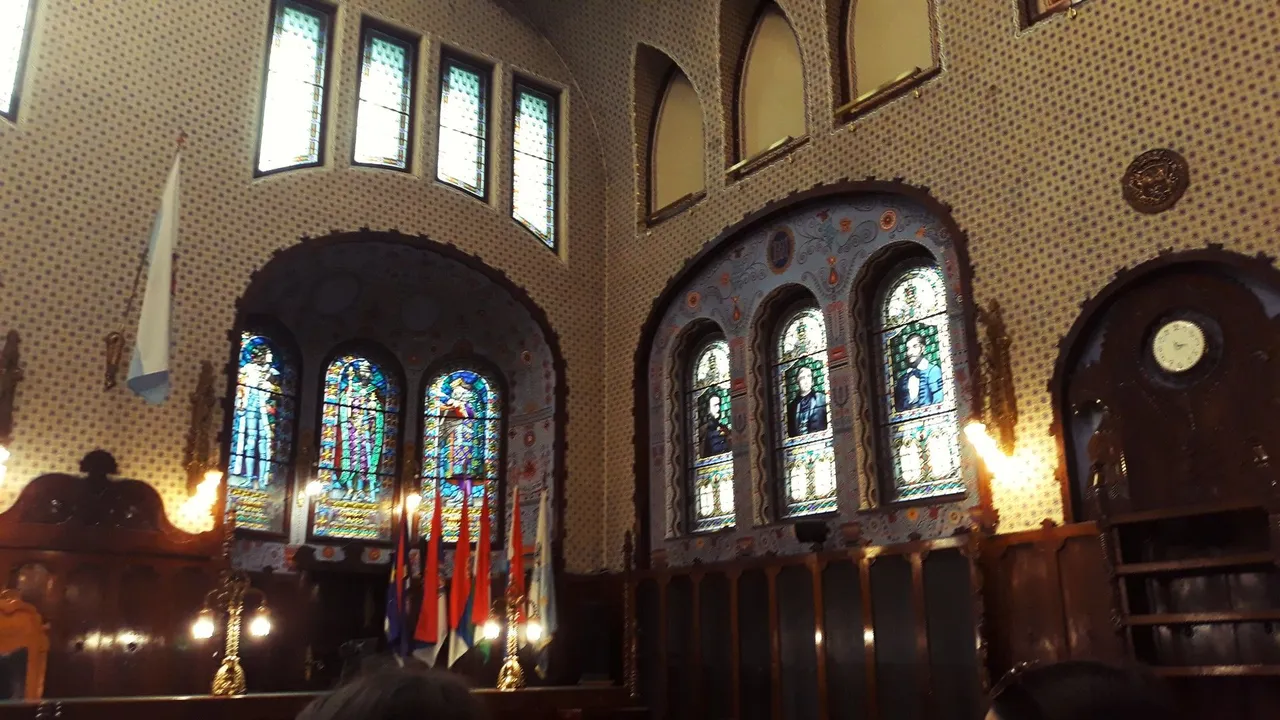
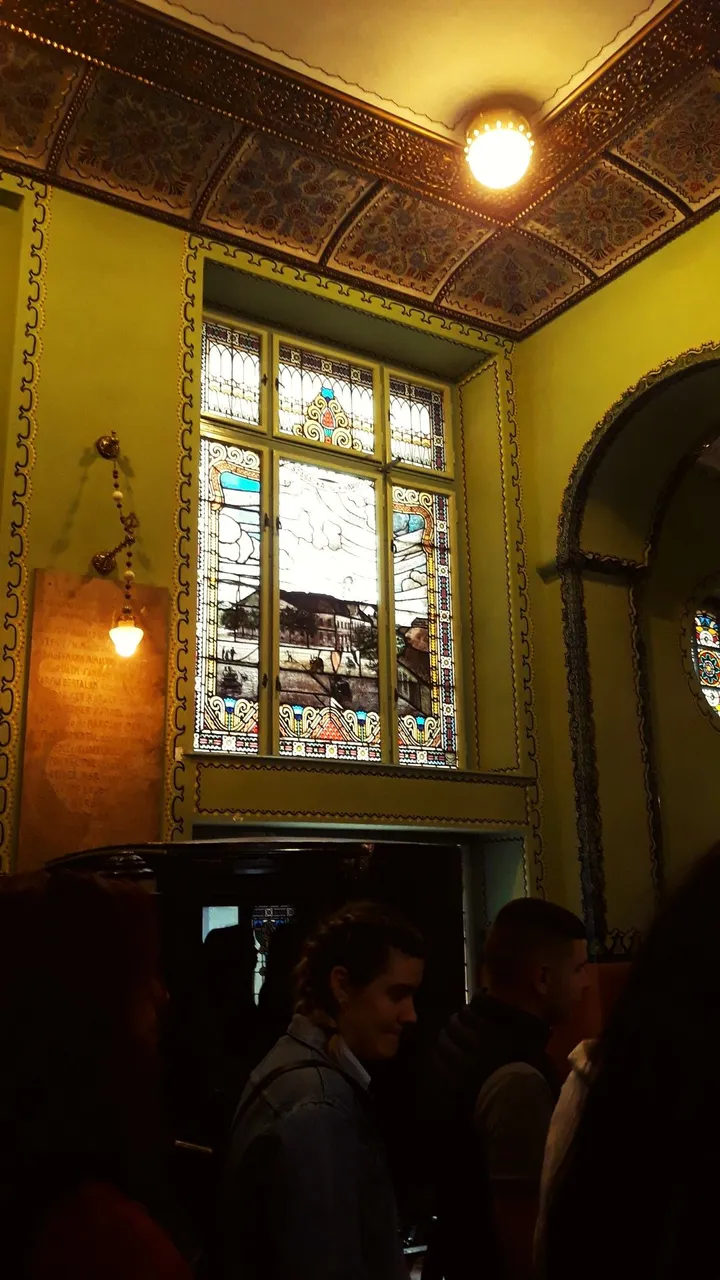
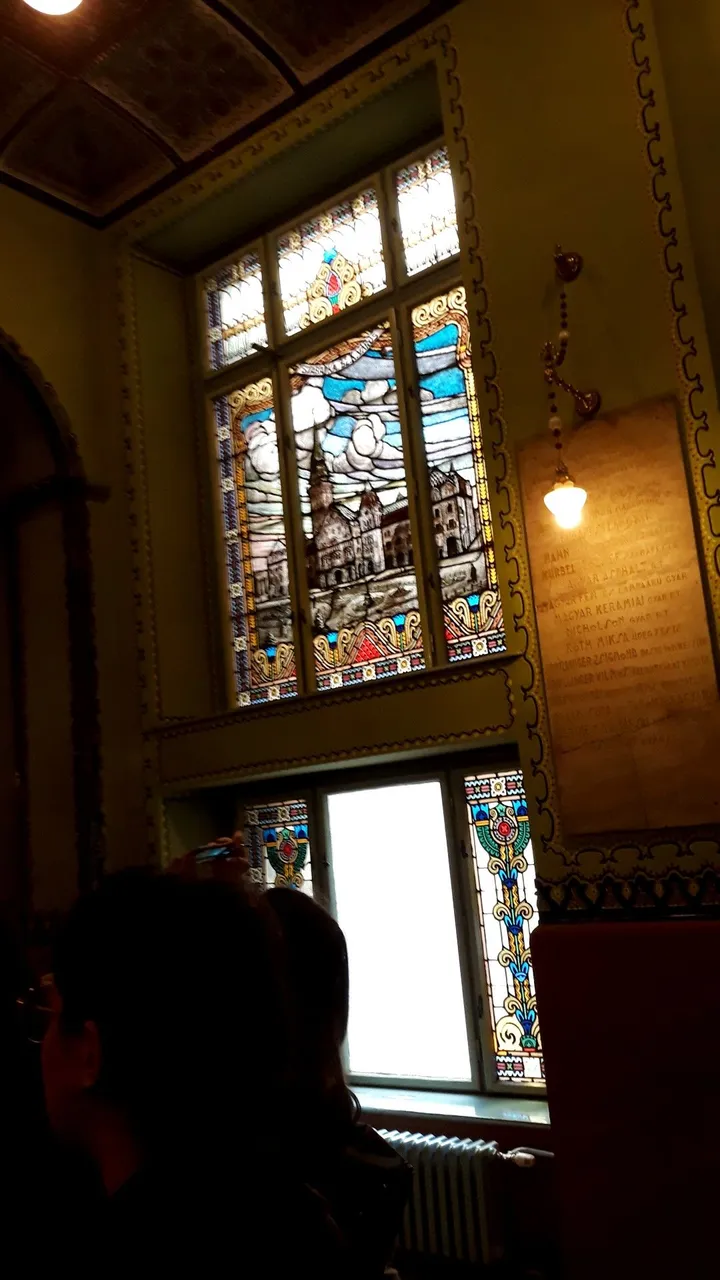
The last thing we visited before we got free time was the Tourist Organization of the city of Subotica. There we picked up a couple of brochures and a map of the city and took photos in front of the organization.
[//]:# (!pinmapple 46.099387 lat 19.664484 long d3scr)
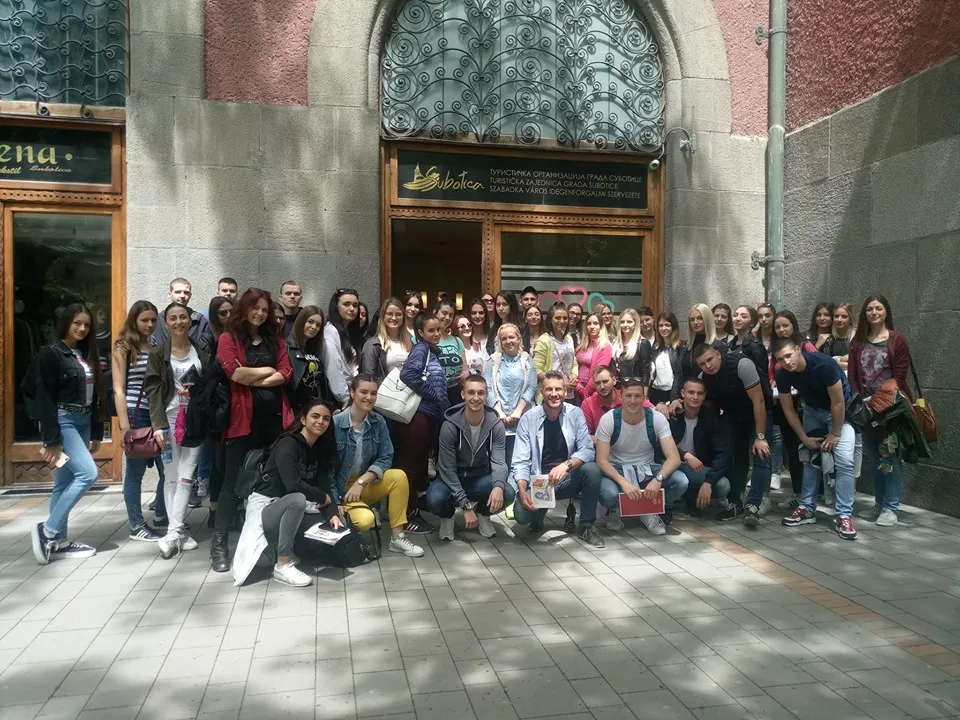
Oh, finally ... 2 hours of free time for us, no tours. Time to sit in a cafe and have a cup of coffee or sit somewhere to eat something.
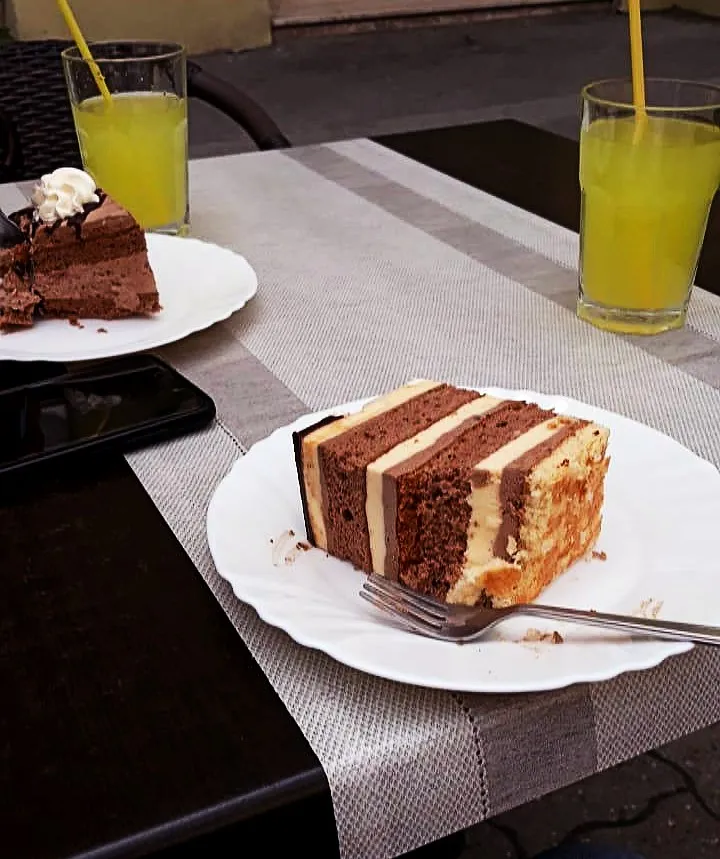
During the walk, I photographed the building of the National Theater in Subotica. The theater burned in a fire on March 2, 1915, when the entire building was destroyed. Officially, this theater was established in 1951.
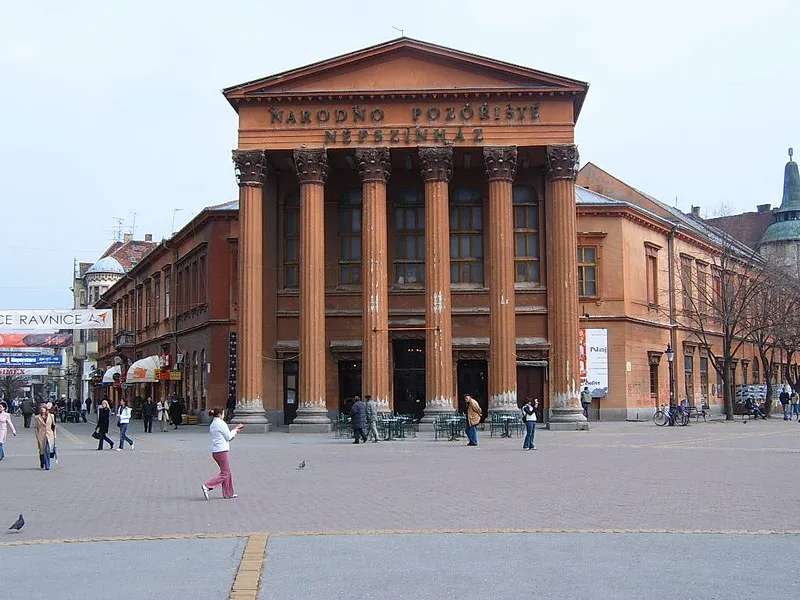
I took the picture above from the internet to compare the look before and after the reconstruction. Reconstruction of the theater began in 2007 and was completed in 2015.
You have to admit that it looks impressive with these 6 Corinthian-style pillars.
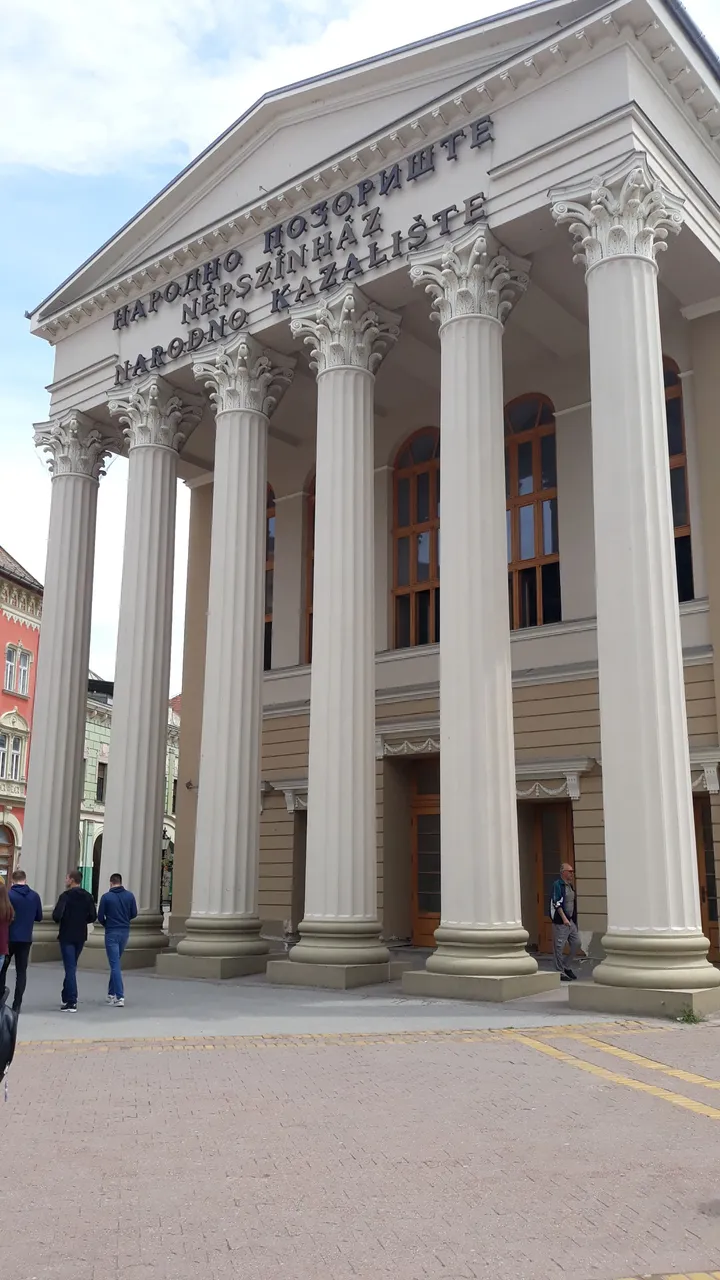
As our free time ended and we headed for the bus, the weather began to get worse. The sun disappeared and began to thunder. The next thing we had to visit was Lake Palić, but as the weather was constantly changing, we didn't know what would happen in the end. On the way to Palić, the rain stopped, but only a few minutes before we had to get off the bus, a heavy downpour started. We waited for a while on the bus to see if it would rain, but that didn't happen. What a disappointment 😩 We all really wanted to take a walk by the lake.
Disappointed, we continued our way to the nearby Rokin farm which is located on the shores of Ludoš Lake, where we had an arranged lunch. Mmm homemade food. I was so hungry that I didn't even use the phone and didn't even take photos. We had everything, soup, meat, mashed potatoes, salad and for the end - donuts with jam. Yummy😋
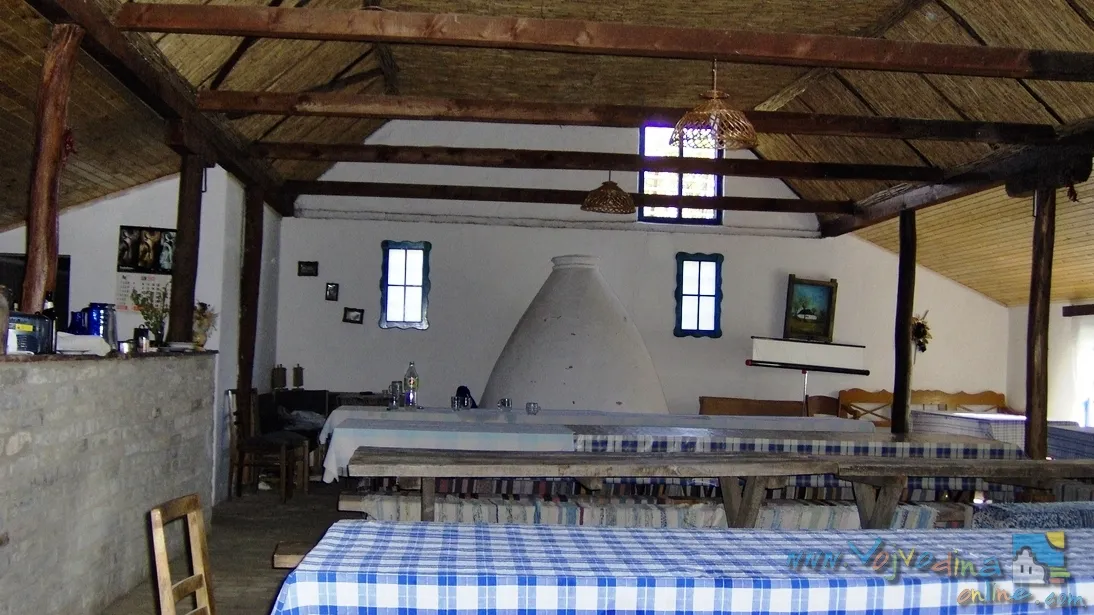

4th Destination

After eating well, we continued our journey through Kanjiža, Senta, Čoka and Mokrin to Kikinda, which was our next destination for the tour.
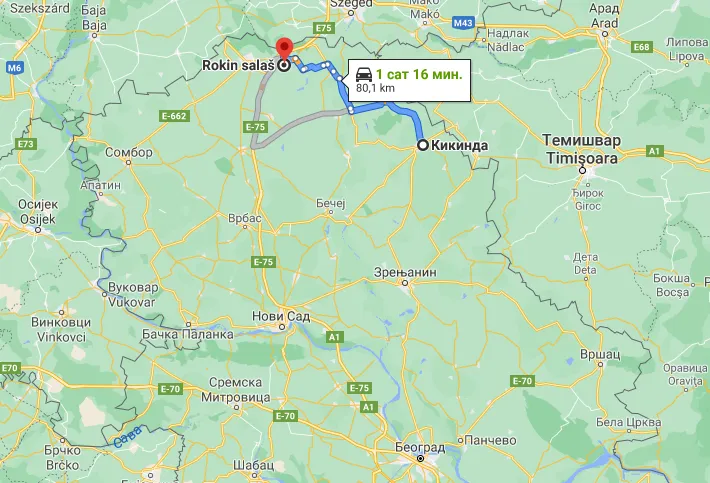
The weather was still bad, it was raining. After a short drive through Kikinda and getting to know the city, we headed to the National Museum Kikinda [//]:# (!pinmapple 45.830975 lat 20.464931 long d3scr).
It was built in 1946 and today has more than 25,000 exhibits. It was built in 1946 and today has more than 25,000 exhibits. In 1996, a skeleton of a mammoth was found on the territory of Kikinda (at the clay pit of the Toza Marković factory) and since 2006 it has been in the possession of the museum.
We were divided into 2 groups. While one group toured the museum's setting, another watched a short film about finding a mammoth skeleton, lasting about 20-30 minutes. The permanent exhibition of the museum is divided into 5 categories: archaeological, historical, ethnological, natural and artistic.
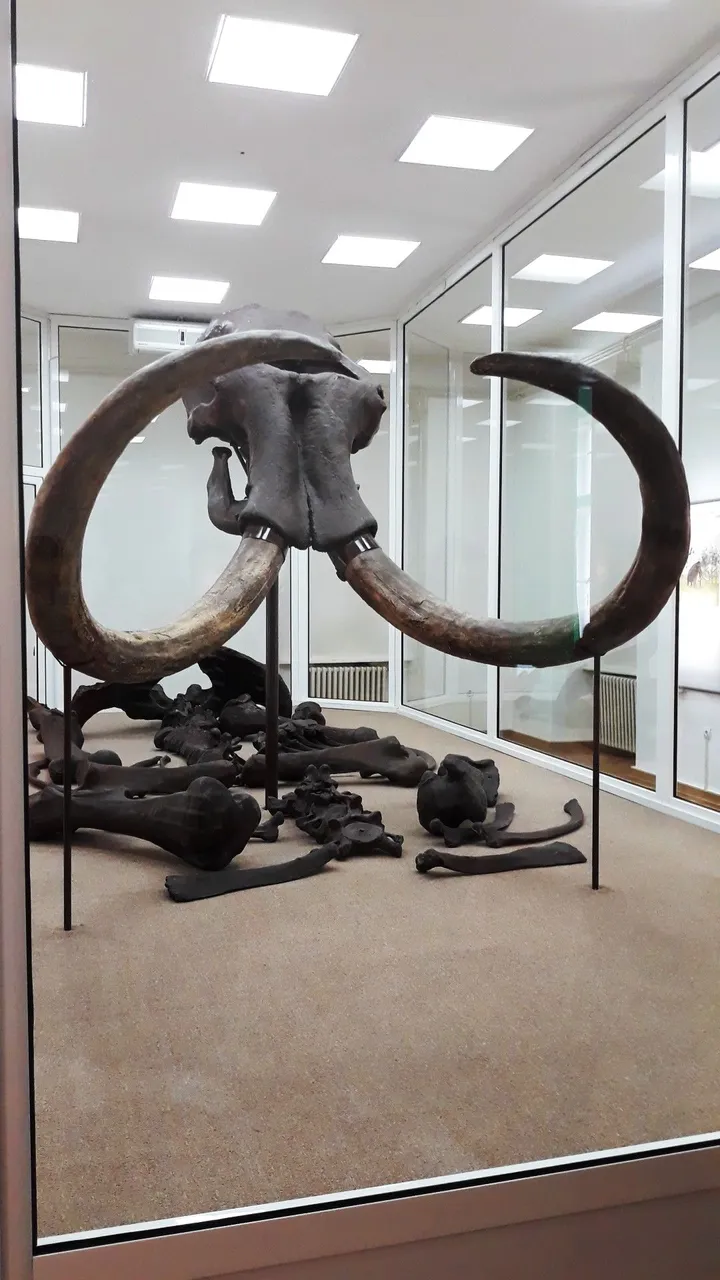
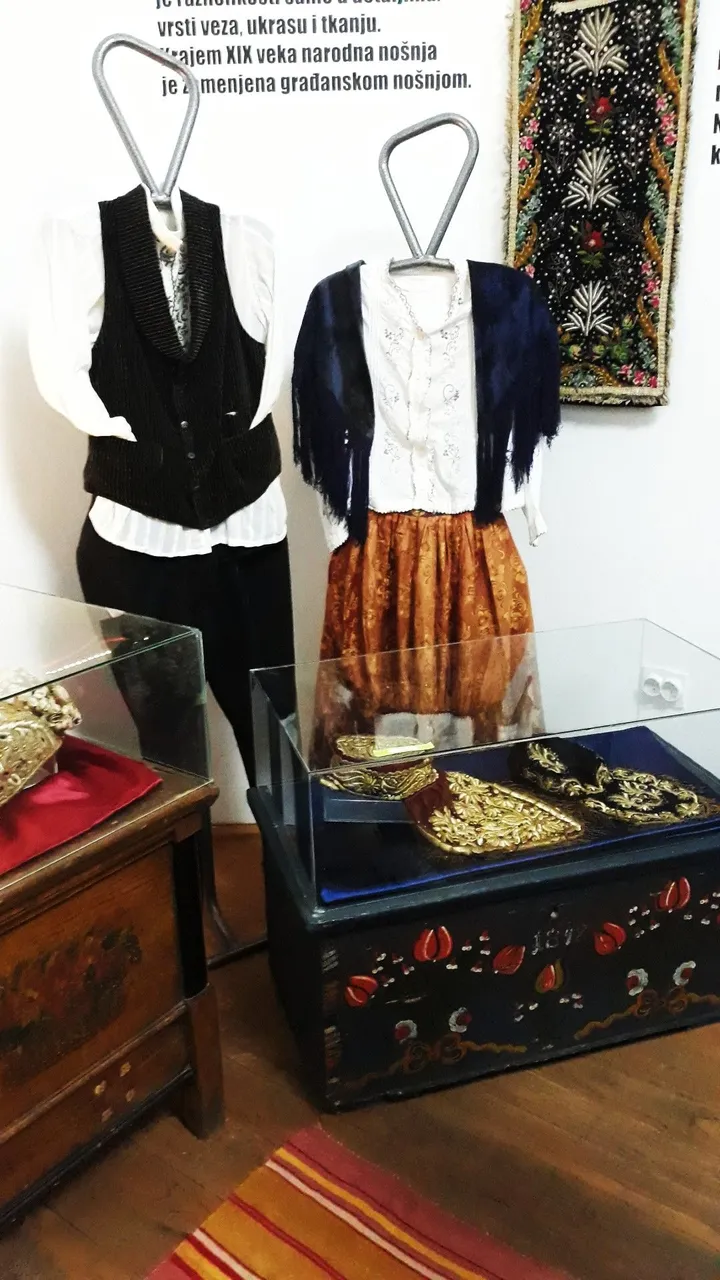
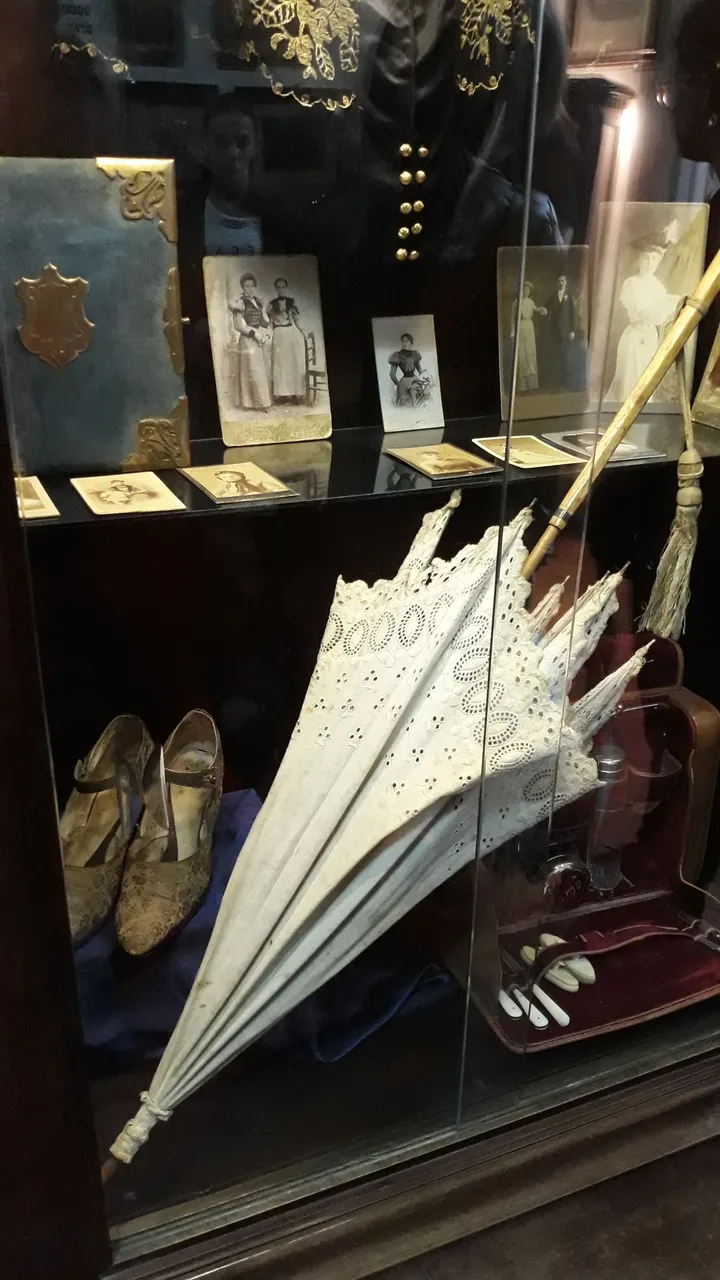
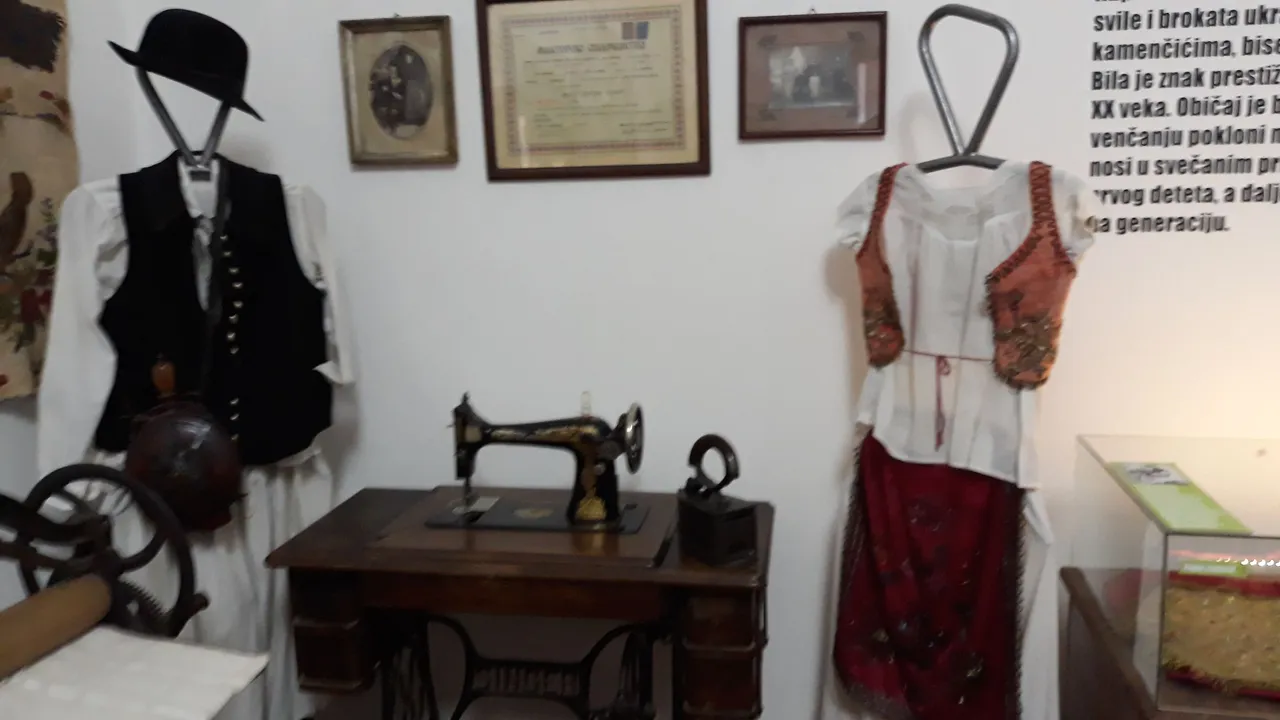
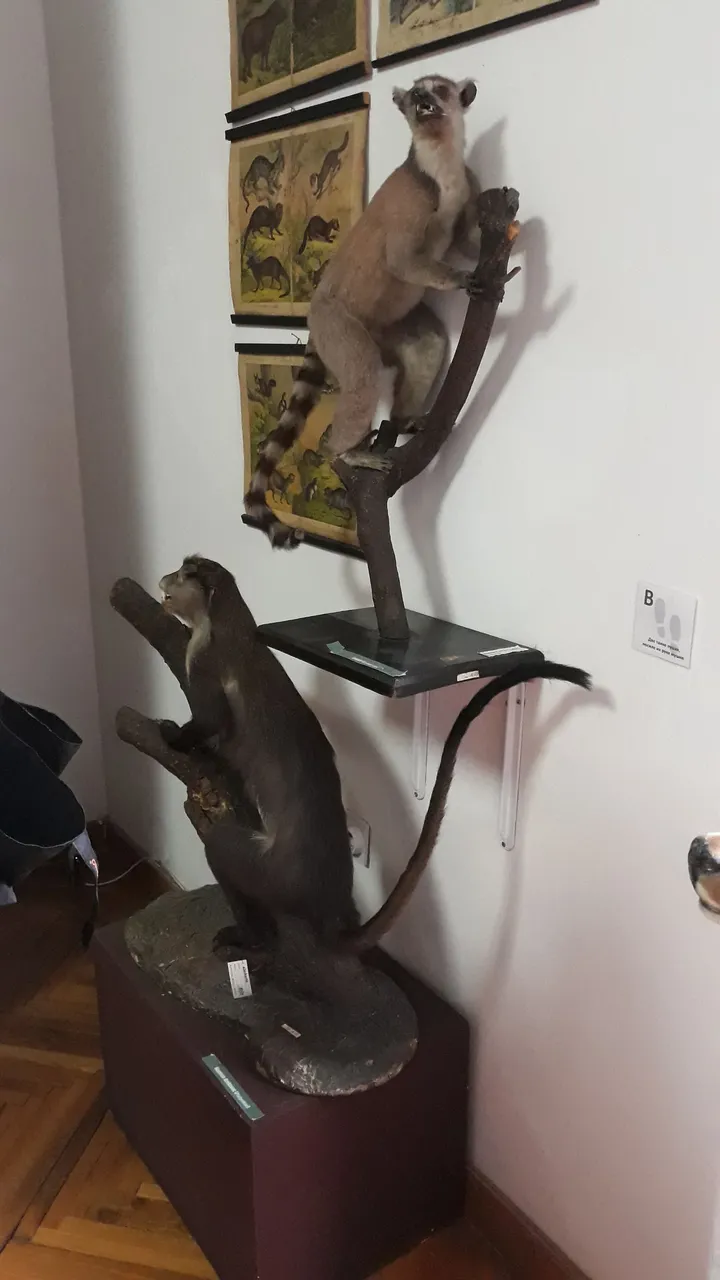 |  | 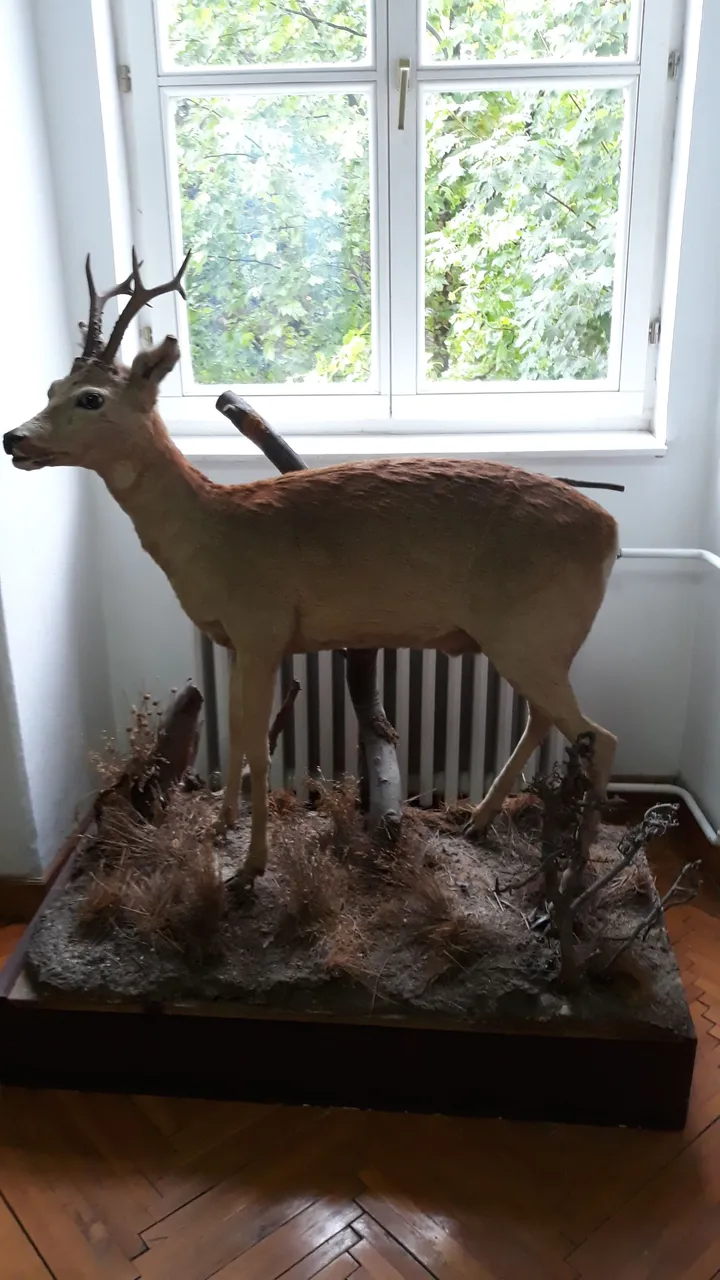 |
|---|
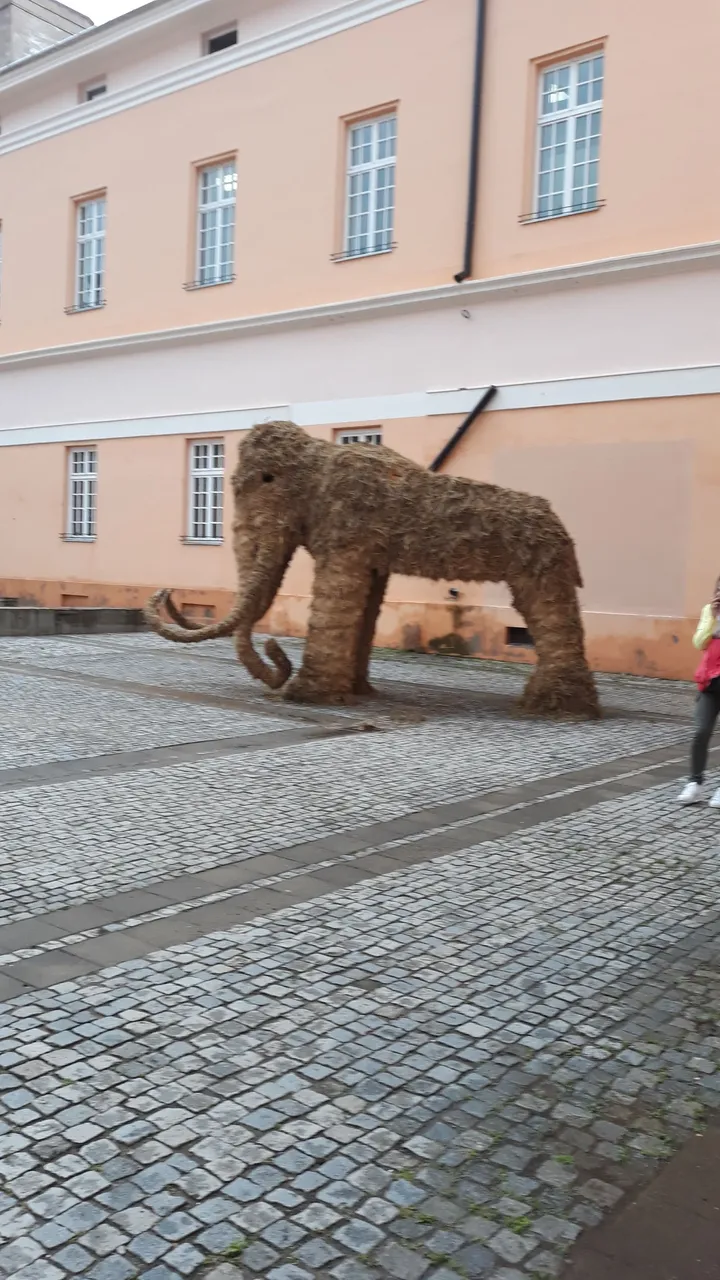
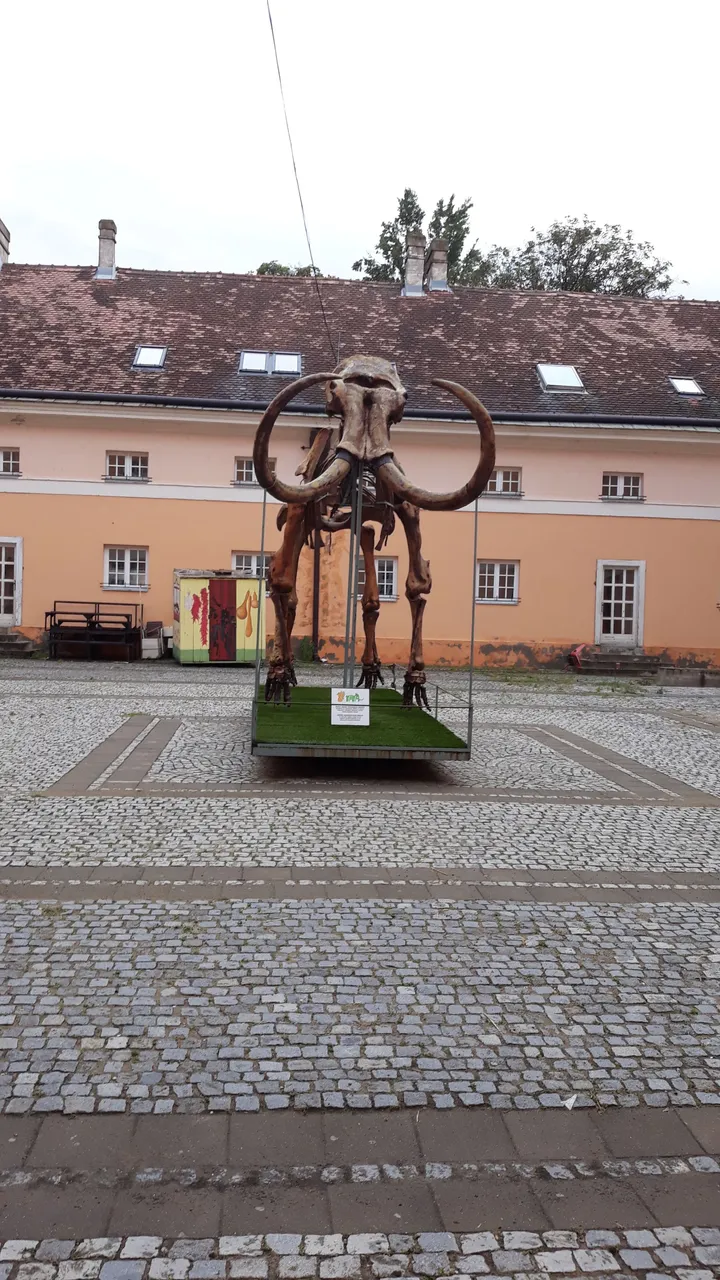
Picture on the right: a life-size skeleton replica of a mammoth, set in the museum's courtyard
After we left the museum, the rain was falling even harder. We headed on foot, but we didn't know where. The professor told us that there was a surprise for us and that we would now take a little walk (apparently with open umbrellas). We all walked reluctantly and wondered where we were going? What is that surprise and is it worth all this?
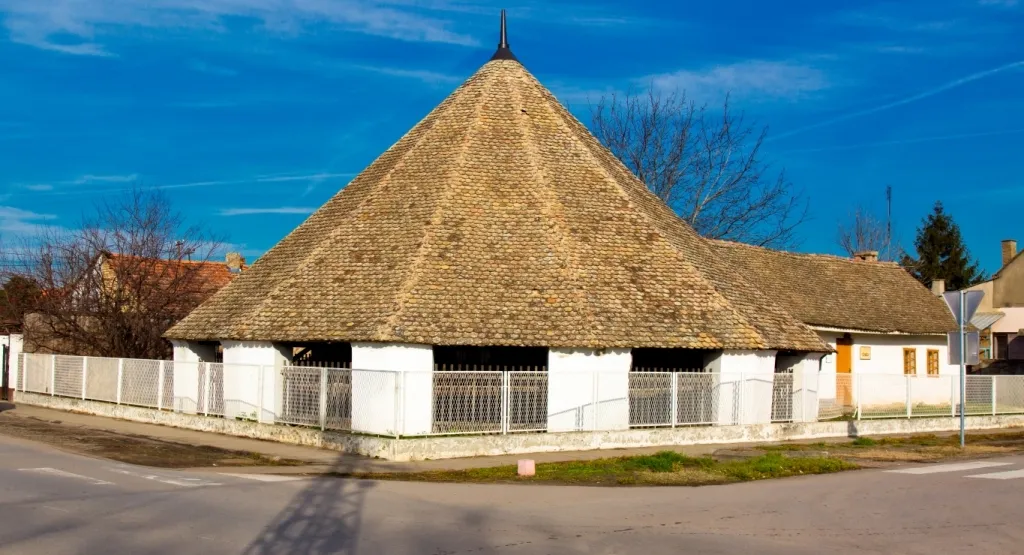
After a long walk, we stopped at this intersection, on the corner in front of this object from the photo (The picture is from the internet because I didn't take a photo of object).It was not clear to us what we should pay attention to. Until the professor started telling us the story of this facility.
This is Suvača - the only remaining horse-powered dry mill (one of the three in whole Europe) [//]:# (!pinmapple 45.824388 lat 20.453145 long d3scr). It was built in 1899. Suvača is a mill for grinding grain that uses the work of horses as its driving force. The mill uses one to five pairs of horses. One pair of horses was able to grind up to 100 kilograms (220 lb) of grain per hour. The Krimer family kept it until 1945, when the state took it away and in 1951 declared it a cultural asset of general importance.
Although we were not impressed, the fact is that this facility attracts a large number of tourists, both domestic and foreign. It is inevitable to visit it during your stay in Kikinda.
The rain slowly stopped falling and our visit to Kikinda ended. We headed on foot to a nearby gas station where we waited for our bus to pick us up. During that time, we bought everything we needed for tomorrow in the store. Our bus driver was able to go in the wrong direction many times hahaha. Probably a little lost now because we've been waiting for him for a while.

5th Destination

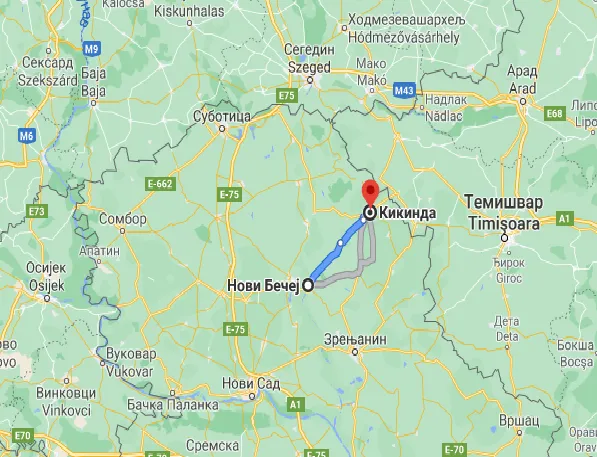
Finally, the bus arrived and now we continue our trip to Novi Bečej [//]:# (!pinmapple 45.824463 lat 20.452587 long d3scr), where our next hotel "Tiski cvet" was located. The hotel has 3 stars.
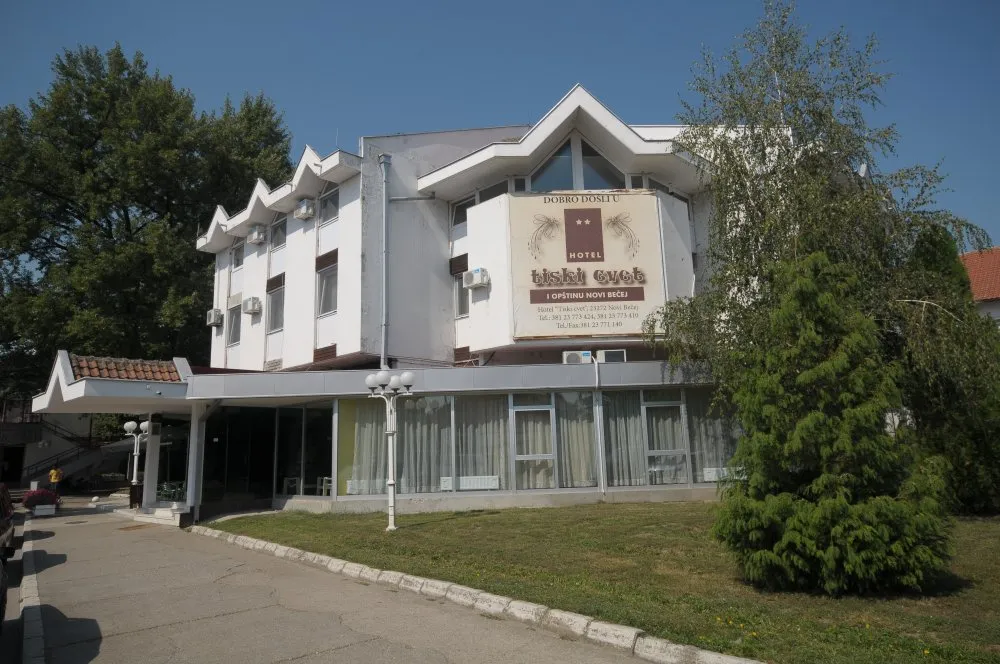
The hotel is named after the type of aquatic insect - Tiski cvet (Palingenia longicauda). It is the largest mayfly species in Europe and it can be found on the Tisza river (in Slovakia, Serbia and Hungary), on the Prut and Bega (in Romania) and on Ukrina (in Bosnia and Herzegovina). Once a year, a rare phenomenon takes place on the Tisza River when it comes to these insects. Then beautiful butterflies hatch from ugly larvae.
How it looks, you can see on link ---> 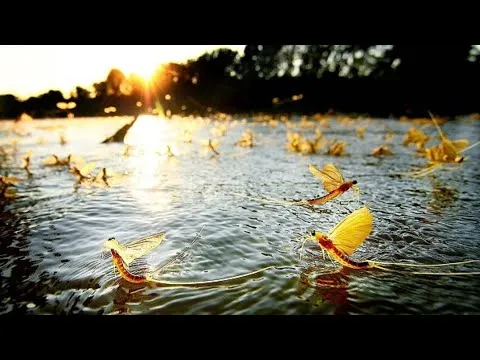

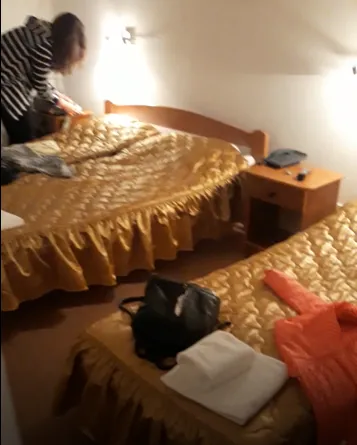


Well... This is the end of our second day. I apologize for waiting so long for my story to continue. The third part is coming soon, so stay tuned 😇

